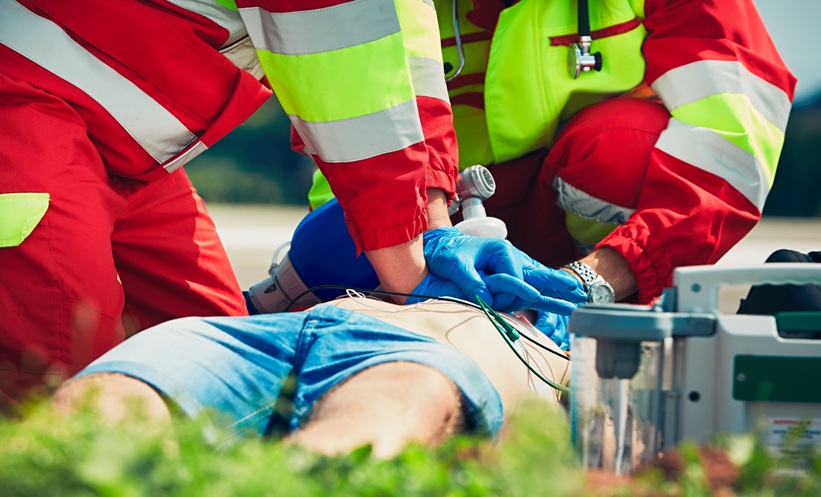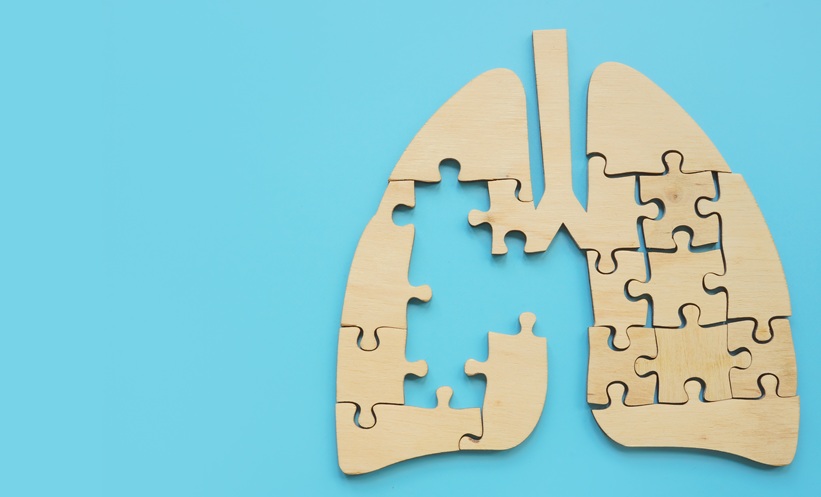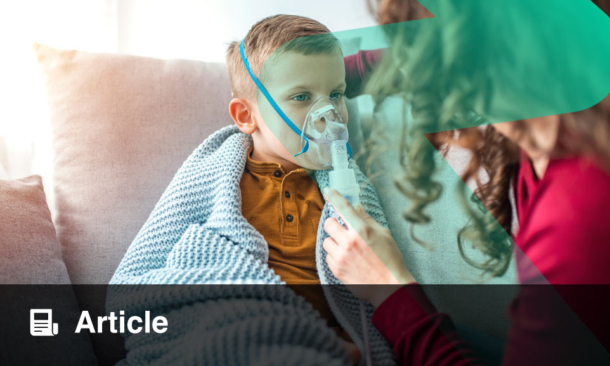EXTRACORPOREAL cardiopulmonary resuscitation (ECPR), also known as venoarterial extracorporeal membrane oxygenation, may provide a lifesaving alternative when conventional CPR fails to restore spontaneous circulation. ECPR can restore circulation and tissue oxygenation, substantially improving survival and offering a favourable functional recovery. Growing evidence suggests it can lead to better outcomes when administered by experienced providers in specialised systems compared to continuation of conventional CPR. A recent review has provided details of current knowledge and evidence on the use of ECPR.
Despite its potential, ECPR remains a complex, time-sensitive intervention with high costs, resource demands, and considerable risks and complications. Outcomes depend heavily on patient selection, age, comorbidities, the quality of initial conventional CPR, and the time from collapse to ECPR initiation. Experts stress that initiation within 60 minutes is critical, highlighting the importance of ‘load and go’ strategies when pre-hospital cannulation is not feasible.
Different systems for ECPR provision are emerging, including on-scene initiation by specialised teams, hospital networks with integrated ECPR pathways, and highly specialised ECPR centres. While the aim is to enable full recovery of the patient, ECPR may also serve as a bridge to long-term ventricular assist devices or heart transplantation. Furthermore, for patients who are diagnosed with brain death or irreversible post-anoxic brain damage, ECPR can still enable organ donation, depending on local regulations.
Large-scale data collection is essential to optimise outcomes following this intervention. Researchers suggest that reporting routine clinical data of patients who have received ECPR to registries could improve understanding of the intervention and help assess the efficacy of ECPR compared to continued conventional CPR.
Reference
Supady A et al. Extracorporeal cardiopulmonary resuscitation for refractory cardiac arrest. Lancet Respir Med. 2025;13(9):843-56.








